The beginning of a new year traditionally is the time for people to review the progress, or otherwise, that was made during the year that has just ended. To that end this post will concern itself with an assessment of the impact of global warming caused by CO2 emissions on our planet in general and the United States in particular during 2021. This focus on the US is not due so much to my being an American but rather because I have had access to more information on the effects of climate change here than that in other parts of the world.

But let’s begin with the world as a whole. A report issued by the European Union’s Copernicus Climate Change Service, whose task it is to monitor global temperature as well as other key indicators of the world’s climate, announced that 2021 was the fifth-warmest year ever recorded. And if that wasn’t bad enough, 2021 makes the last seven years the seven hottest years ever.
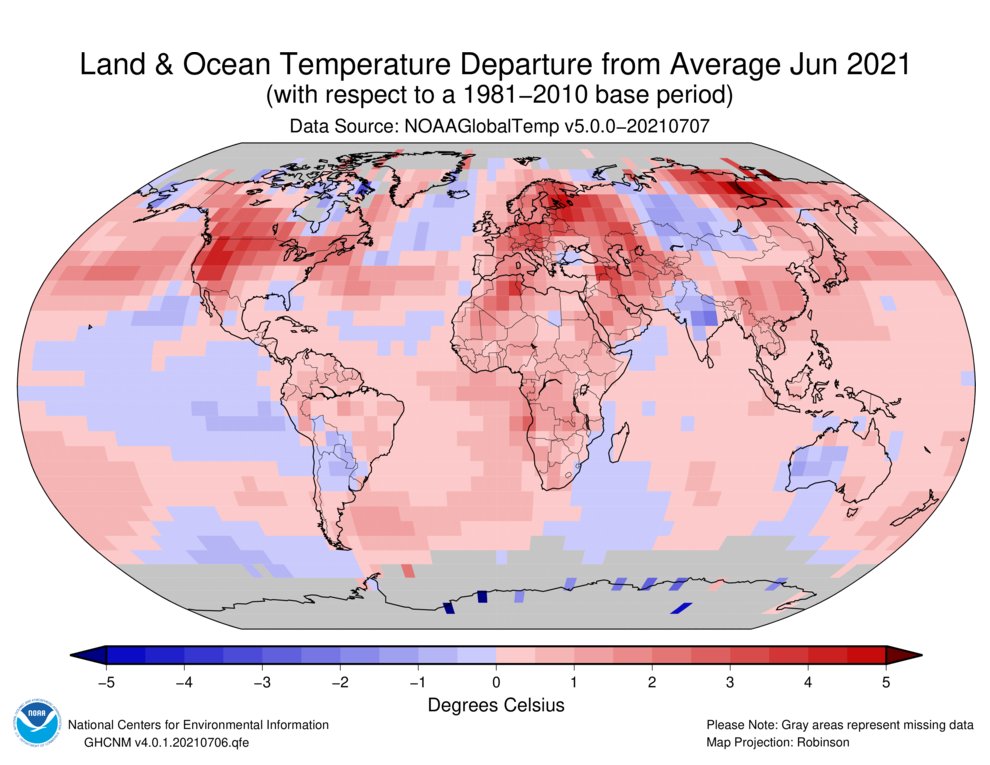
Because of factors like El Niño or La Niña the world’s temperature does fluctuate from year to year so that you really ought to look at tends over many years if not decades. 2021 for example was a La Niña year, which probably helped to keep the planet a little cool, if you call fifth hottest year ever a little cool. But still, the fact that the last seven years are the seven hottest ever recorded means that we have now gone beyond a rising statistical trend. The world’s temperatures are not just rising they are accelerating, so things are only going to get worse in the next few years. In fact these latest measurements are confirmation that the world’s temperature has risen about 1.1ºC above that of pre-industrial levels. That is a conservative estimate according to Kim Cobb the director of the Global Change Program at the Georgia Institute of Technology.

And so the world now suffers from environmental disasters that are increasing in both number and intensity. The magnitude of that increase is being monitored here in the United States by the Federal Emergency Management Agency or FEMA. In a report just published FEMA has cataloged 21 separate natural disasters during 2021, each of which was responsible for more than a billion dollars worth of damage and with an aggregate price tag of $145 billion.
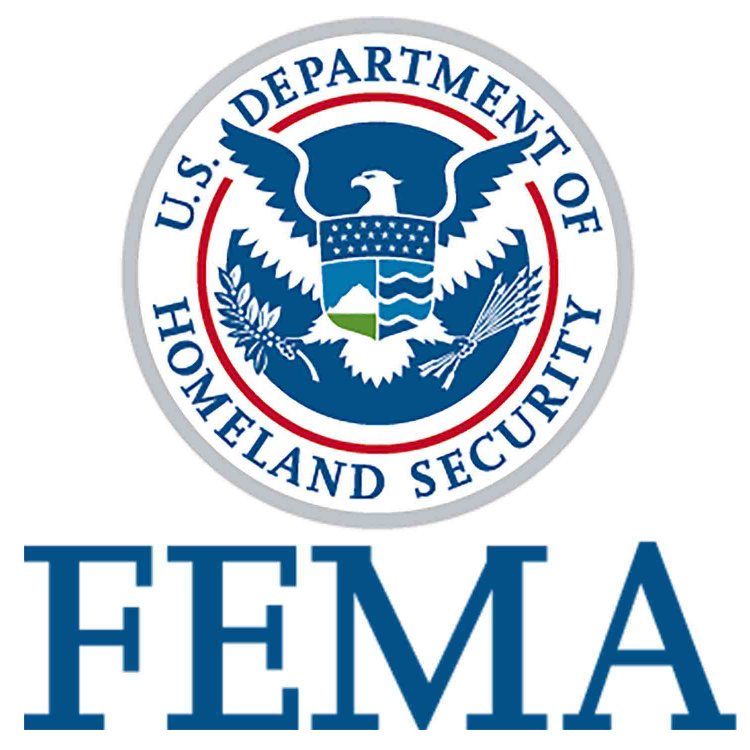
The catastrophes run the gamut of severe weather emergencies from hurricanes to tornadoes to wildfires caused by severe, prolonged draughts. Hurricane Ida, see my post of 8 september 2021, was the most destructive of all the disasters giving the country a one-two punch. First as it came ashore as at category 4 hurricane in Louisiana and then a few days later as it exited through the Mid-Atlantic States. The estimated cost of Ida has been pegged at about $75 billion putting it in fifth place for all time damage caused by a hurricane. Hurricane Nicholas along with Tropical Storms Fred and Else also added to the cost of tropical weather.

There was plenty of severe weather besides that coming up from the tropics however. Nearly every portion of the country suffered from tornadoes, flooding, hail and those strong, straight-line winds known as derechos. California, in the middle of a record breaking drought nevertheless was struck by severe storms that led to flooding just a year ago in January of 2021.

On the other hand the western half of the country suffered more from excessive heat and drought induced wildfires than too much rain. Climate models have shown this to be a consequence of global warming, areas that get a fair amount of rain will now get a deluge while those areas that always seem to need rain will become deserts. The rising heat caused by CO2 emissions extenuates local conditions, its not just hotter temperatures while everything else stays the same.
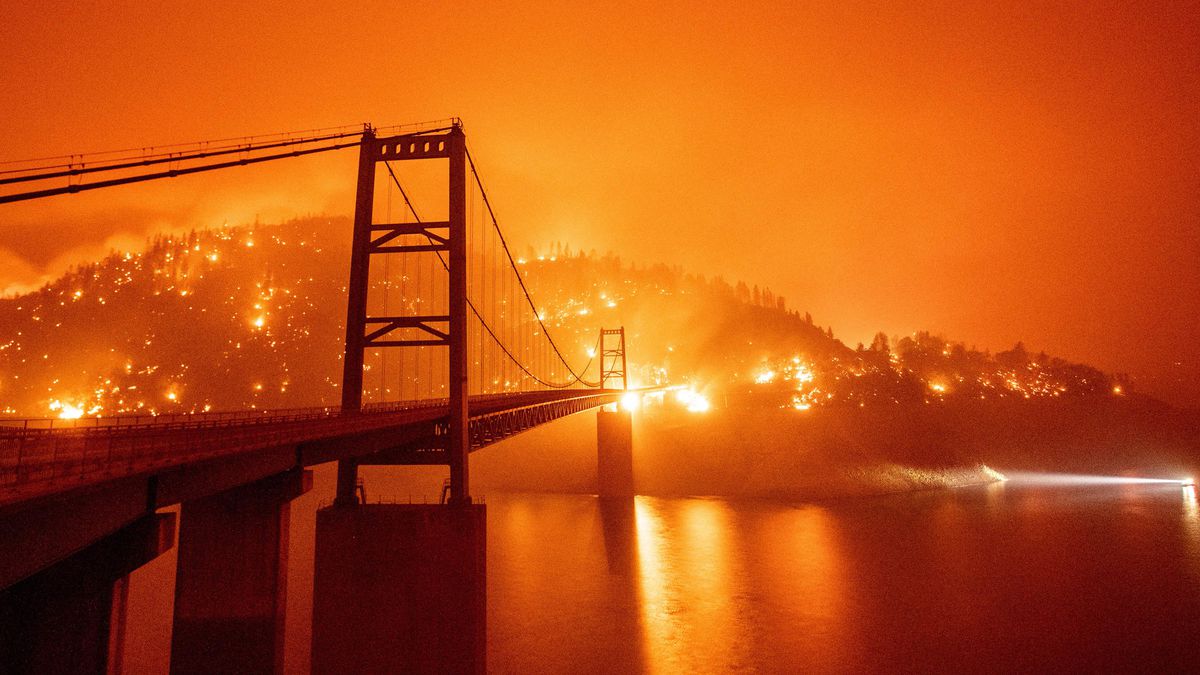
One thing that really stands out about the severe weather in 2021 was the number of destructive storms and wildfires in December, normally a quiet, peaceful time of year weather wise. The tornadoes that ripped through Kentucky on the 10th of December and the Marshall Creek fire in Colorado in the days after Christmas were evidence that any part of the year can now have severe weather events costing billions. See my post of January 2022.
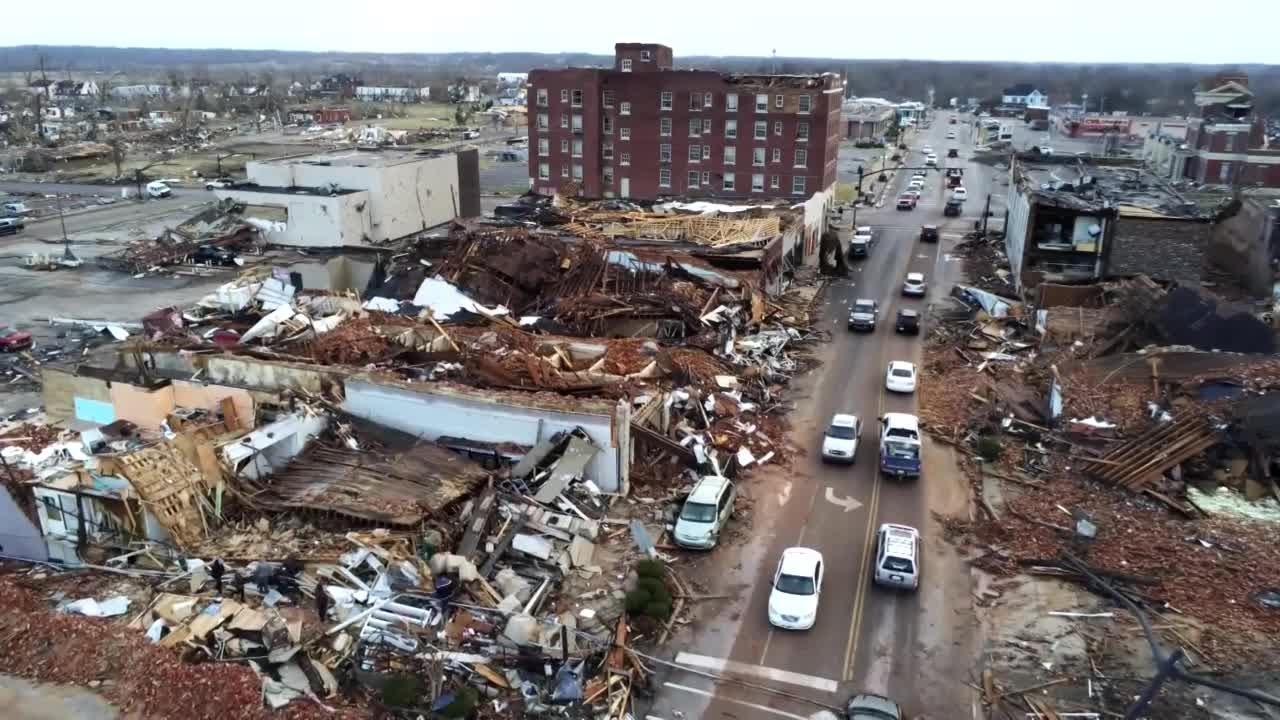
So the total cost of weather disasters in 2021 was $145 billion. Looking at the last five years combined the full amount dollar figure comes to a staggering $750 billion. And of course that’s just the dollar cost, during 2021 at least 688 people died in those 20 disasters.
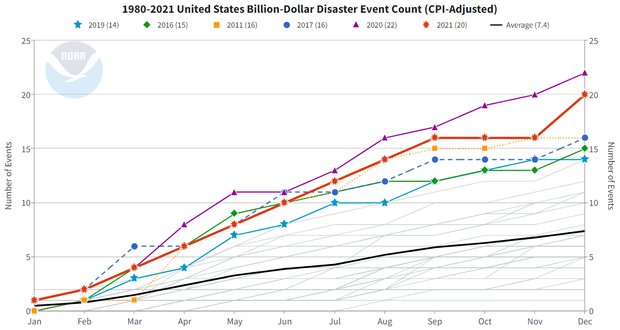
So what is the federal government doing to try to mitigate if not halt the growing number and intensity of climate change induced weather emergencies? Well, President Biden’s ‘Build Back Better’ plan does include $550 billion to fight climate change, but of course that’s being held up in the Senate where even some democrats are balking at the total package’s $2 trillion dollar price tag.

Even if Build Back Better does pass that $550 billion is for the next ten years, $55 billion a year in other words. Meanwhile the damage being caused by climate change is now averaging $150 billion a year. Worst still, that $55 billion a year is all carrot, the stick of proposed penalties for continued use of fossil fuels have all been removed from any legislation.

The phrase ‘Too Little, Too Late’ comes to mind and we have to ask how much weather related destruction it will take before our elected leaders start to take global warming seriously, $500 billion a year, a trillion? Even when they finally get around to doing something it will take years to implement, all while the planet just gets hotter and climate change more severe. So hold on to your hat mt friends ’cause there’s a big storm coming!
